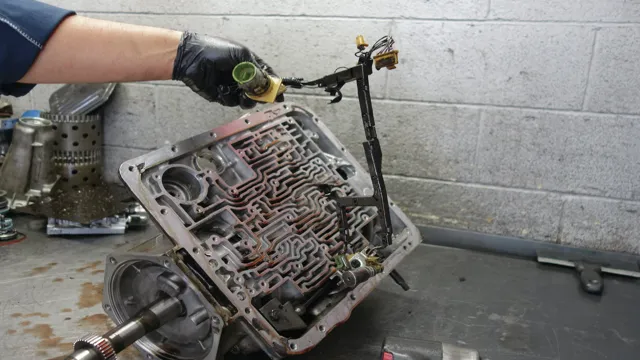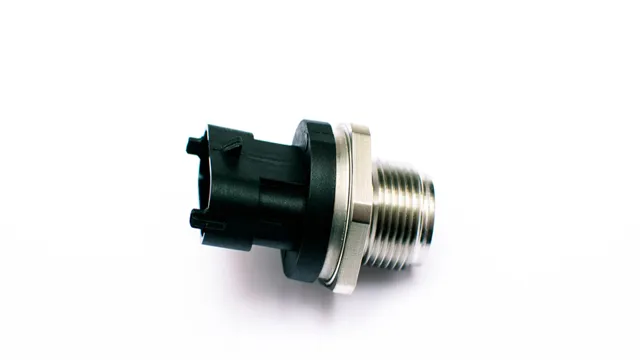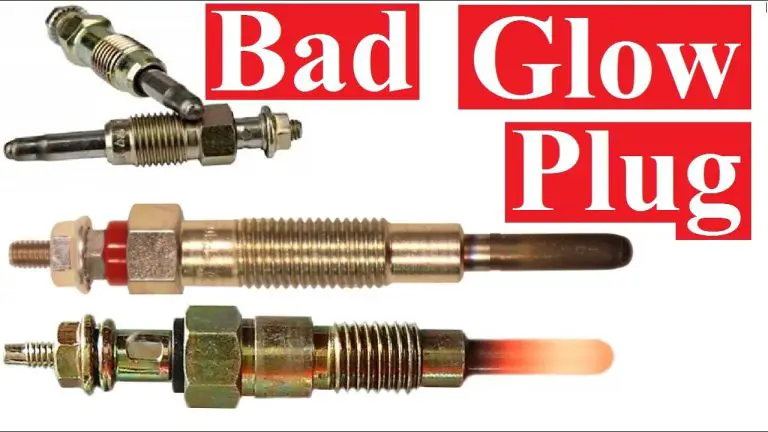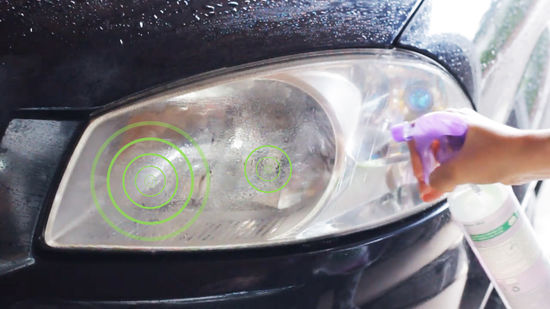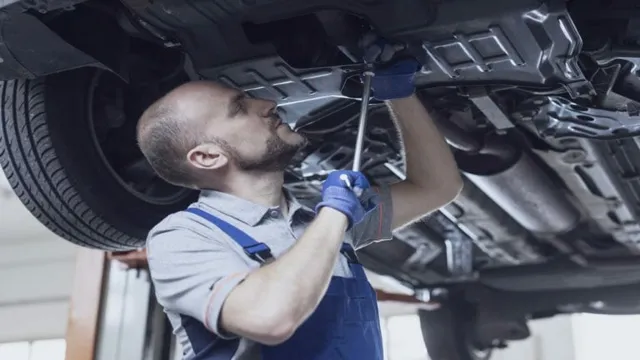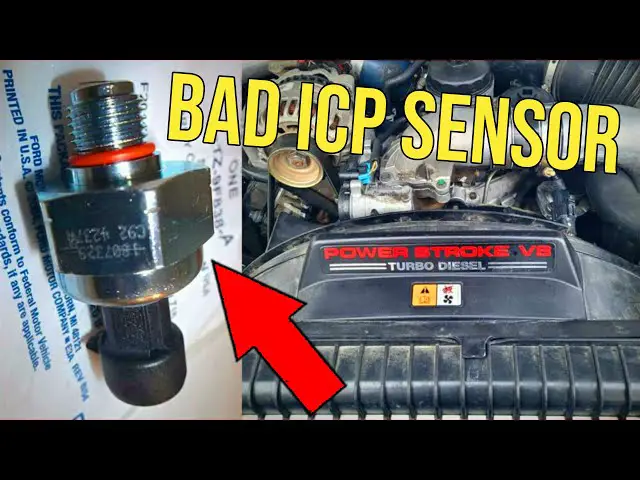Drive Smoothly: A Step-by-Step Guide on How to Break In Your New Transmission
Are you getting ready to break in a new transmission? Exciting, isn’t it? But before you hit the gas and take off, there are some important things you need to know. The process of breaking in a new transmission can affect the life and performance of your vehicle. And just like breaking in new shoes, it’s essential to take it slow and steady to ensure it works correctly for years to come.
In this blog post, we’ll go over the dos and don’ts of breaking in a new transmission, so you can keep your car running smoothly and avoid costly repairs down the road. So, buckle up, and let’s get started!
Initial Steps
Breaking in a new transmission can seem daunting, but with the right approach, it can be a smooth process. The first step is to be gentle and avoid any high-performance driving for the first 500 miles. This allows the gears and bearings to settle into their proper positions and prevents premature wear.
It’s also important to vary your driving conditions during this period to ensure that the transmission experiences a range of speeds and gear changes. Additionally, keeping an eye on the transmission fluid levels and changing it out according to the manufacturer’s recommendations will help ensure that the transmission stays healthy in the long term. By taking these initial steps, you can help ensure that your new transmission is broken in properly and ready to go the distance.
Varies for Automatic and Manual Transmissions
When it comes to checking the transmission fluid, the process varies depending on whether you have an automatic or manual transmission. For automatic transmissions, the initial steps involve warming up the engine and shifting through all the gears before parking on level ground and locating the dipstick towards the back of the engine. It’s important to wipe the dipstick clean before reinserting it and checking the fluid level, which should be within the designated range.
However, when it comes to manual transmissions, the process is slightly different because there is often no dipstick. Instead, you will need to locate the fill plug on the side of the transmission and ensure the fluid level is up to the bottom of the hole. Regardless of which type of transmission you have, it’s important to follow the manufacturer’s recommendations for how often to check the fluid and change it if necessary.
This simple maintenance task can help prolong the life of your transmission and prevent costly repairs down the road.
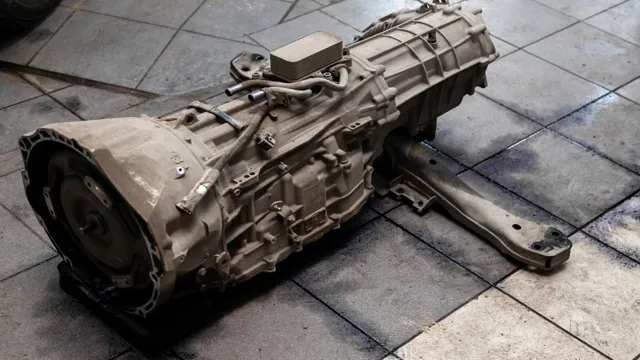
Check Owner’s Manual for Specific Guidance
When it comes to finding the right guidance for maintaining your vehicle, the owner’s manual is your best friend. Whether you have just purchased a new car or need to perform regular maintenance on an older model, the manual provides comprehensive instructions on everything you need to know. The first step in using the owner’s manual is to locate it in your vehicle and familiarize yourself with its contents.
It will outline important details like how often you need to change your oil, what type of coolant to use, and even how to change a tire. By following the guidance provided in the manual, you will be well-equipped to keep your vehicle running smoothly and avoid costly repairs in the future. So make sure to keep your owner’s manual handy and refer to it frequently for specific guidance on maintaining your vehicle.
Drive Gently
Breaking in a new transmission is an essential step in ensuring your car’s longevity. While most car manufacturers have different specifications for break-in periods, the general rule of thumb is to drive gently for the first 1,000 miles. This means avoiding hard acceleration, sudden braking, and rapid gear changes.
Instead, give your car time to adjust to the new transmission by gradually building up speed and allowing the gears to shift smoothly. Remember to keep your speed below the manufacturer’s recommended limit and avoid driving on steep inclines or under heavy loads during the break-in period. By following these tips, you’ll help your transmission run smoothly for many years to come.
So, if you want to prolong the life of your car’s transmission, remember to drive gently.
Avoid Rapid Acceleration and Jerky Movements
When it comes to being a responsible driver, driving gently is one of the best things you can do. Rapid acceleration and jerky movements might seem like a fun way to boost your adrenaline, but they can actually be very dangerous. Not only do they increase the risk of losing control of your vehicle, but they also put extra strain on your car’s components, leading to increased wear and tear over time.
So, whether you’re driving on back roads or stuck in traffic on your morning commute, try to keep a light touch on the accelerator and brake pedal. Your car (and your passengers) will thank you for it in the long run. Remember, it’s better to arrive late than not at all.
By driving gently, you’re also doing your part to reduce your carbon footprint. Abrupt movements consume more fuel, leading to increased emissions and higher fuel costs. So, not only will you be driving more safely, but you’ll also be doing your part for the environment.
Plus, driving gently can actually help you save money on fuel in the long run. Consistent, smooth driving (within the speed limit, of course) will help your car operate at maximum efficiency, leading to better gas mileage and lower overall costs. Think of it this way: rapid acceleration and jerky movements are like hitting the gas pedal and slamming on the brakes over and over again.
It’s inefficient, hard on your car, and takes a lot of energy. Instead, try to maintain a steady speed and use gentle, gradual movements to keep your car moving smoothly. It’s like taking a leisurely walk instead of sprinting to the finish line.
You’ll still get to where you need to go, but you’ll do it in a way that’s safer, more efficient, and better for your car and the planet. So, the next time you’re behind the wheel, remember to drive gently and enjoy the ride.
Keep Speeds Moderate
When it comes to safe driving, one of the most important things you can do is to keep your speeds moderate. Driving gently not only helps to prevent accidents and reduce the risk of injury, but it is also more fuel-efficient and better for the environment. When you drive at high speeds, you put yourself and others on the road in danger.
It’s harder to control your car, and you may not be able to react quickly enough if you encounter a hazard. Additionally, driving at high speeds means you consume more fuel, which is not only expensive but also contributes to air pollution. By keeping your speeds moderate, you can enjoy a safer, more comfortable, and eco-friendly driving experience.
So next time you’re on the road, take it easy and drive gently. It’s better for everyone involved.
Gradually Increase Workload
When it comes to breaking in a new transmission, it’s crucial to gradually increase the workload. This means starting with easy driving conditions and steadily adding more challenging tasks, such as driving up hills or towing a load. Pushing your transmission too hard too soon can cause damage and wear, leading to costly repairs down the line.
By taking it slow and steady, you’re allowing your transmission to properly adjust to its new workload and break in naturally. Remember to always listen to your vehicle and give it time to warm up before taking on any demanding tasks. By following these steps and being patient, you’ll ensure a long and smooth lifespan for your new transmission.
Add Load with Towing or Heavy Cargo
When it comes to increasing the workload on your vehicle, towing or carrying heavy cargo can be a great way to add some extra oomph. But it’s important to do so gradually, as sudden changes in weight can put unnecessary strain on your car or truck. Start by towing or hauling small loads, and gradually increase the weight over time as you become more comfortable handling the additional weight.
This will help minimize the risk of damage to your vehicle, while also allowing you to get the most out of your towing or hauling capabilities. And remember, always make sure that your cargo is properly secured to prevent any accidents or damage. By taking these precautions and gradually increasing your workload, you can safely and efficiently take on even the heaviest of loads.
Increase Distance of Trips Over Time
If you’re looking to increase your endurance and take longer trips, it’s important to gradually increase your workload. While pushing yourself too hard too fast can lead to injury or burnout, slowly increasing the distance and intensity of your trips can help you reach your goals while minimizing the risk of these negative outcomes. Start by adding just a few extra minutes or miles to your trips each week, and make sure to listen to your body along the way.
By gradually building up your endurance and strength over time, you’ll be able to tackle longer trips with ease and enjoy all the benefits of an active lifestyle. So don’t be afraid to challenge yourself – just make sure to do it in a way that’s safe and sustainable for you.
Maintenance Tips
When it comes to breaking in a new transmission, there are a few tips to follow to ensure that you get the most out of your investment. First and foremost, you should take it easy on your transmission during the first few hundred miles of use. Avoid heavy acceleration and sudden stops or starts as much as possible.
This will allow the transmission to properly settle in and prevent any potential damage. It’s also important to have the transmission fluid changed at the manufacturer-recommended intervals. This will help keep the transmission lubricated and functioning properly.
And finally, pay close attention to any unusual noises or vibrations, as these may be signs of a problem that should be addressed promptly. By following these simple tips, you can help ensure that your new transmission stays in top condition and performs at its best for years to come.
Regular Fluid Check and Change
Regular fluid check and change is an essential part of maintaining your car, as regularly monitoring and replenishing fluids can help prolong the lifespan of your vehicle. There are various types of fluids in your car, including engine oil, coolant, brake fluid, power steering fluid, and transmission fluid. Over time, these fluids break down, lose effectiveness, and can cause issues with your car’s performance.
Oil is critical to keep your engine lubricated and clean, while coolant prevents your engine from overheating in hot weather and freezing in colder temperatures. Brake fluid aids in stopping your car when you press the brakes, and power steering fluid enables precise and easy steering. Lastly, transmission fluid keeps your car gears shifting smoothly.
Regular fluid check and change can help prevent costly repairs and reduce the chance of a breakdown. It is recommended to check fluid levels regularly and change fluids in line with manufacturer guidelines.
Avoid Extremely High Temperatures
When it comes to properly maintaining your electronic devices, it’s essential to avoid exposing them to extremely high temperatures. Heat is known to be one of the biggest enemies of electronic equipment, as it can cause serious damage to the internal components. High temperatures can cause the device to overheat, which could result in the parts melting or malfunctioning.
This is especially true for laptops and smartphones, which are often used for extended periods and generate a lot of heat. To prevent damage, it’s best to keep your devices away from direct sunlight and avoid using them in hot environments. You can also invest in cooling pads for laptops or cases that help regulate the temperature of your phone.
By taking these simple measures, you can ensure your devices last longer and operate at their best.
Conclusion
Breaking in a new transmission is like training a new puppy – you want to start slow and build up gradually. Treat it with care during the initial stages so it can reach its full potential. And just like with a puppy, don’t be afraid to give it a little discipline if it misbehaves.
With a little patience and guidance, your new transmission will be shifting smoothly and obediently in no time.”
FAQs
What is the best way to break in a new transmission?
The best way to break in a new transmission is to drive it gently for the first 500-1000 miles, avoiding harsh acceleration and high RPMs.
How long does it take to break in a new transmission?
It typically takes 500-1000 miles to break in a new transmission.
Can you use synthetic transmission fluid during the break-in period?
It is not recommended to use synthetic transmission fluid during the break-in period, as it can prevent the clutch plates from properly breaking in.
What are some signs that your new transmission may need a break-in period?
Some signs that your new transmission may need a break-in period include slipping gears, rough shifting, and difficulty getting into gear.

